“AI, claimed and supported correctly, is merely the other side of the Enfish coin.” – USPTO Director John Squires remarks to AIPLA
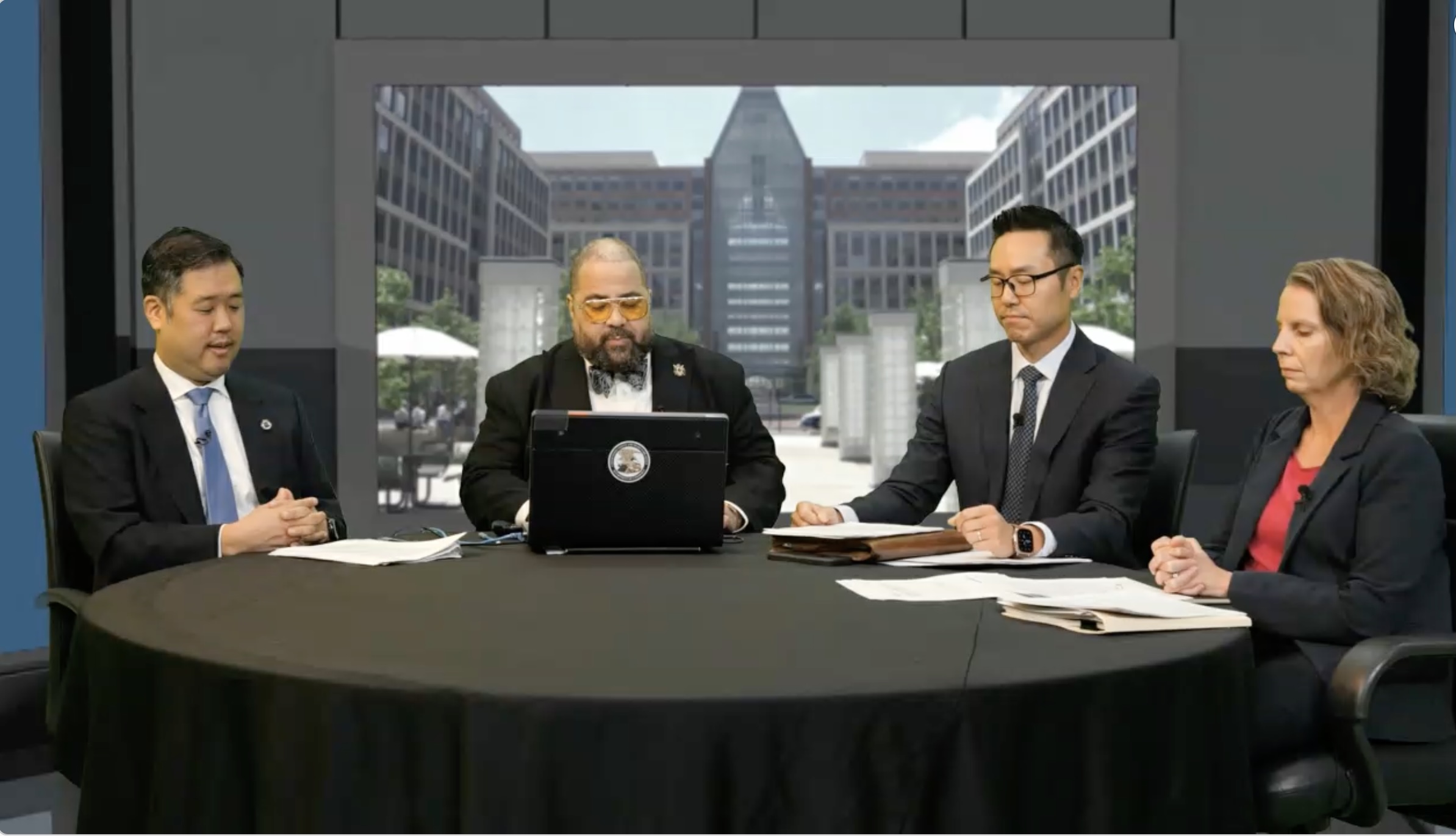
Panelists at the USPTO Hour, “Updates on Subject Matter Eligibility Under 35 U.S.C. 101”
The U.S. Patent and Trademark Office’s (USPTO) latest USPTO Hour focused on patent eligibility updates today, one day after Director John Squires on Tuesday designated as precedential a September 26, 2025, decision that champions eligibility for artificial intelligence (AI) inventions.
The Appeals Review Panel (ARP) decision in Ex parte Desjardins, Appeal 2024-000567 (Decided September 26, 2025) was mentioned in Squires’ recent remarks at the American Intellectual Property Law Association (AIPLA), where he told attendees that there is no need to overhaul patent law to protect AI, as proper application of existing laws is sufficient to secure patent rights for technologies of the future. “Eligibility follows architecture,” Squires remarked, explaining that the Office will be looking for “the something more that Alice and Mayo tell us to look for” when it comes to eligibility analyses.
“When technology rewires how information flows, that’s when invention begins.” He pointed to Desjardins, as well as the first patents he signed—which were directed to distributed ledger/crypto and medical diagnostics technologies—as proof that the Office is committed to ensuring that transformative technologies remain eligible.
In Desjardins, Squires vacated the Board’s decision and found the claims at issue eligible, in part highlighting the U.S. Court of Appeals for the Federal Circuit’s (CAFC’s) decision in Enfish, LLC v. Microsoft Corp., 822 F.3d 1327, 1337–38 (Fed. Cir. 2016) as instructive. In his remarks for AIPLA, Squires explained that:
“The Enfish decision, which holds as patent eligible improvements to computer data structures. DL, if nothing else, is the ultimate data structure—and a technology that’s been around for more than 15 years. And re-engineering is therefore new uses under 100(b). And AI, claimed and supported correctly, is merely the other side of the Enfish coin.
In Ex parte Desjardins, the claim related to improvements to machine learning models to ‘effectively learn new tasks in succession whilst protecting knowledge about previous tasks.’ But this had been abstracted out of existence sua sponte by the Desjardins Board—trying to do the right thing, mind you. And I am by no means picking on them whatsoever. The guidance simply hasn’t been there. But believe me it will be shortly. Eligibility simply can’t be relegated to the eyes of the beholder. And it will not be on my watch.”
Despite the fact that the Desjardin panel vacated the Board’s eligibility holding, it added that: “At the same time, the claims at issue stand rejected under § 103. This case
demonstrates that §$ 102, 102 and 112 are the traditional and appropriate tools to limit patent protection to its proper scope,” and those statutory provisions “should be the focus of examination.”
The USPTO Hour featured presentations by Charles Kim, Deputy Commissioner for Patents; Michael Kim, Vice Chief Administrative Patent Judge, Patent Trial and Appeal Board; and Carolyn Kosowski, Senior Legal Advisor, Office of Patent Legal Administration. The panel also addressed questions submitted by attendees, which included one about whether the Office will work to improve consistency in eligibility decisions among the examining corp. Charles Kim acknowledged that doing so is a challenge in an agency as big as the USPTO, but noted that the reminder memo issued by Squires at the beginning of August was part of a broader effort to improve patent quality by identifying outlier trends, including looking at tech centers with both unusually low and unusually high allowance rates.

![[IPWatchdog Logo]](https://ipwatchdog.com/wp-content/themes/IPWatchdog%20-%202023/assets/images/temp/logo-small@2x.png)

![[Advertisement]](https://ipwatchdog.com/wp-content/uploads/2025/08/LexisNexis-Nov-11-2025-sidebar-700x500-1.jpg)
![[Advertisement]](https://ipwatchdog.com/wp-content/uploads/2025/10/DeepIP-Nov-18-2025-sidebar-700x500-1.jpg)





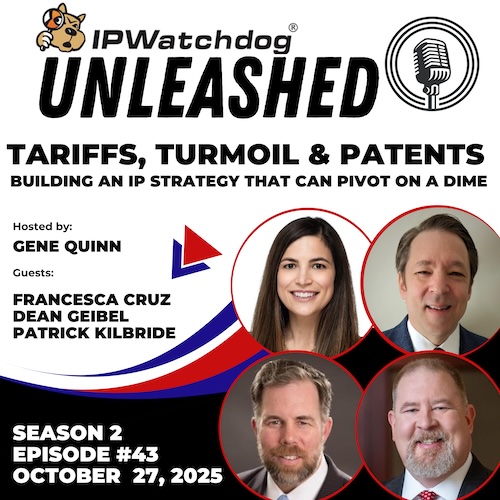
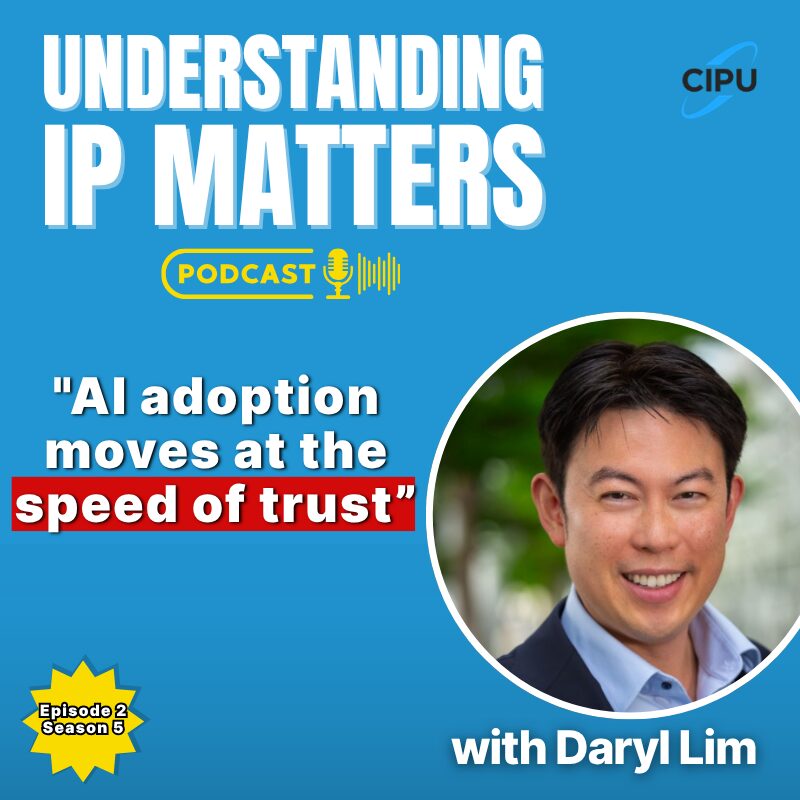
![[Advertisement]](https://ipwatchdog.com/wp-content/uploads/2021/12/WEBINAR-336-x-280-px.png)
![[Advertisement]](https://ipwatchdog.com/wp-content/uploads/2021/12/Ad-4-The-Invent-Patent-System™.png)

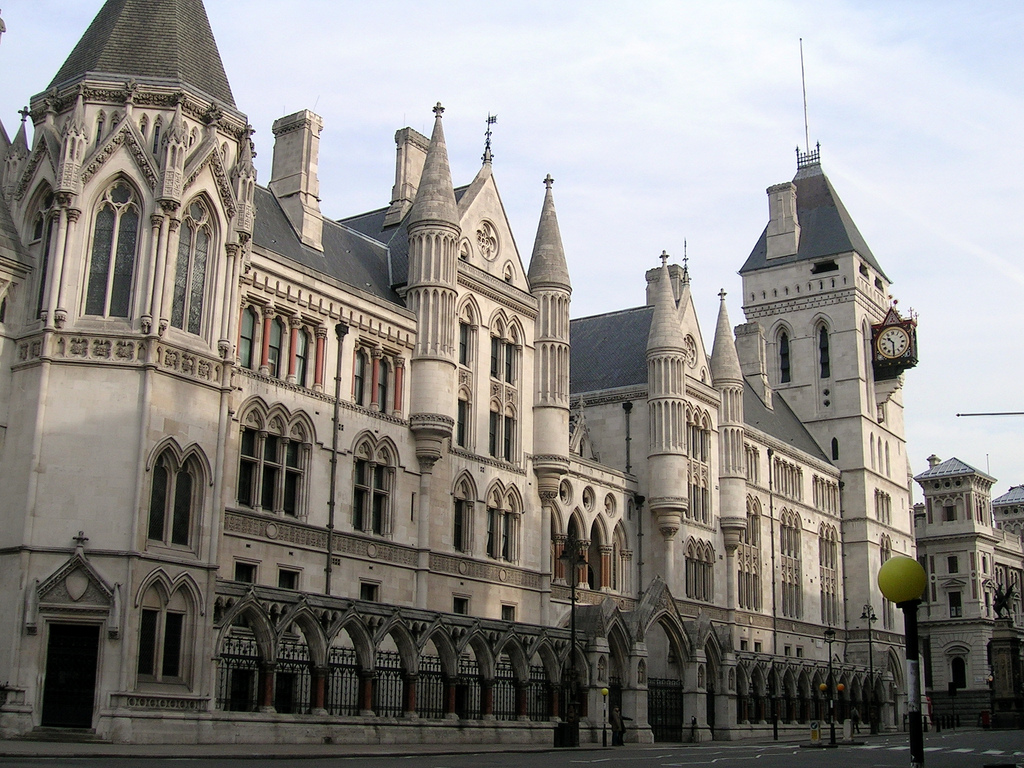
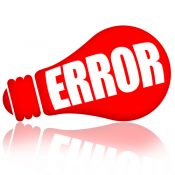
Join the Discussion
One comment so far. Add my comment.
Model 101
November 5, 2025 05:48 pmWe still need PERA 2025. Don’t stop reforming 101.
Go all the way!!!
Add Comment